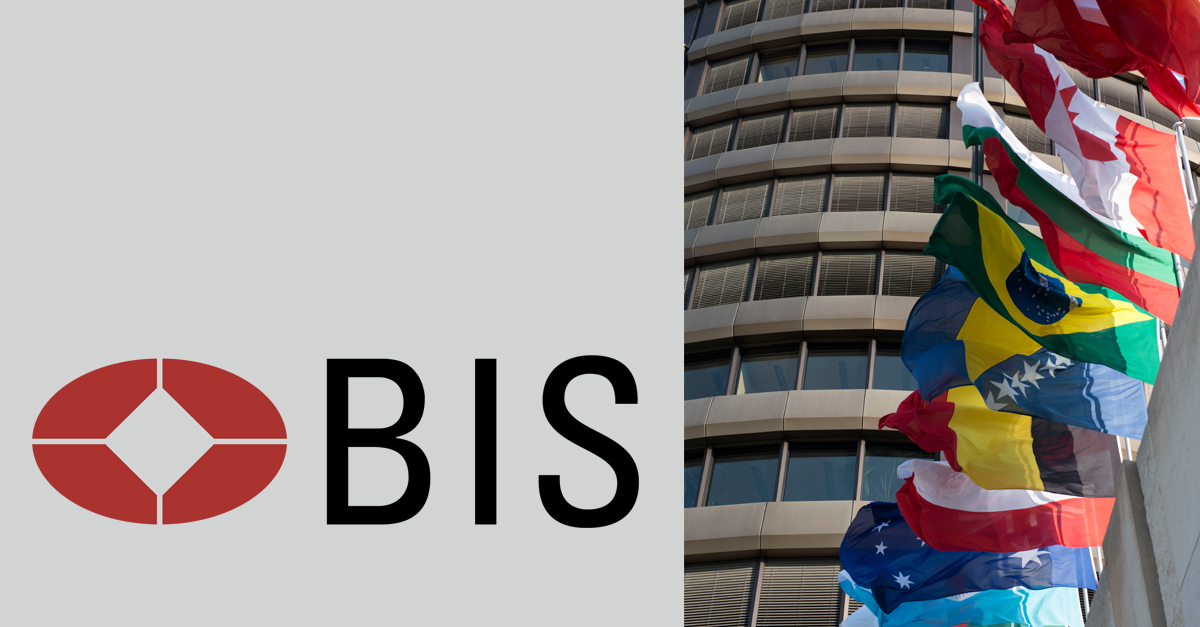Crypto asset Regulation: FSB Framework
The Financial Stability Board (FSB) proposed a set of regulatory measures for cryptoasset activities, including stablecoins. Their framework, aimed at mitigating possible financial stability risks from these digital assets, calls for a robust regulatory framework.

FSB Proposes a Comprehensive Framework for International Stablecoin Regulation
In October 2022, the Financial Stability Board (FSB), an international body that monitors and makes recommendations about the global financial system, introduced a set of proposals for the regulation and supervision of cryptoasset activities, including stablecoins. The FSB's framework aims to mitigate the possible financial stability risks posed by these digital assets. The rapidly evolving cryptoasset markets could potentially threaten global financial stability due to their size, structural vulnerabilities, and increasing integration with the traditional financial system. To combat this, the FSB believes a robust regulatory framework should ensure cryptoasset activities are regulated in accordance with the risks they present, while still leveraging the benefits of the underlying technology. The core components of the FSB's framework include proposals for consistent and comprehensive regulatory, supervisory, and oversight approaches to cryptoassets, and revised high-level recommendations for the regulation of global stablecoin (GSC) arrangements.
FSB Proposes New Regulatory Framework for Cryptoassets: Financial Stability Risks and Equitable Market Conditions
In October 2022, the Financial Stability Board (FSB), an international body that monitors and makes recommendations about the global financial system, introduced a set of proposals for the regulation and supervision of cryptoasset activities, including stablecoins. The FSB's framework aims to mitigate the possible financial stability risks posed by these digital assets. The rapidly evolving cryptoasset markets could potentially threaten global financial stability due to their size, structural vulnerabilities, and increasing integration with the traditional financial system. To combat this, the FSB believes a robust regulatory framework should ensure cryptoasset activities are regulated in accordance with the risks they present, while still leveraging the benefits of the underlying technology. The core components of the FSB's framework include proposals for consistent and comprehensive regulatory, supervisory, and oversight approaches to cryptoassets, and revised high-level recommendations for the regulation of global stablecoin (GSC) arrangements.
The FSB's regulatory framework for stablecoins holds significant implications for the global financial ecosystem. The framework's emphasis on 'same activity, same risk, same regulation' means that cryptoassets and intermediaries performing functions similar to traditional financial systems would be regulated equivalently. This could lead to a more level playing field, enhancing competition, and fostering innovation. However, the increased regulatory scrutiny could also deter some players, particularly smaller startups, from entering the market due to the higher cost of compliance.
The proposed regulation also points towards greater international cooperation and information sharing, which could lead to more consistent and transparent practices across jurisdictions. This could reduce the possibility of regulatory arbitrage, where businesses move to regions with more lax rules, thereby promoting more equitable market conditions.
Moreover, the framework's distinction between stablecoins and other cryptoassets based on a stabilization mechanism and usability as a payment method could lead to varying regulatory standards within the cryptoasset market. This differentiation could influence the development trajectory of different types of cryptoassets and possibly shift market dynamics.
Finally, the proposed framework's potential to mitigate financial risks could increase trust and confidence in the crypto market, potentially leading to broader adoption of these assets. However, the success of this framework is contingent on efficient implementation and continuous monitoring, given the rapidly evolving nature of cryptoasset markets.
Financial institutions involved in cryptoasset activities, including stablecoins, would need to ensure compliance with the consistent and comprehensive regulatory and supervisory approaches for cryptoassets. The revised high-level recommendations for GSC arrangements would require financial institutions to meet specific regulatory requirements for stablecoins, which may include capital adequacy, risk management, transparency, and consumer protection measures. Non-compliance with the proposed regulations could result in penalties, reputational damage, and potential restrictions on operations.
To stay compliant with the proposed regulatory framework, financial institutions involved in cryptoasset activities, including stablecoins, could consider the following mitigating efforts:
- Conduct a comprehensive review of their existing processes and systems to identify any gaps or non-compliance with the proposed regulations.
- Establish robust risk management frameworks to assess and mitigate the risks associated with cryptoasset activities.
- Enhance transparency and reporting mechanisms to meet the regulatory requirements for cryptoassets.
- Implement strong customer protection measures to ensure the safety and security of users' funds.
- Collaborate with regulatory authorities and industry associations to stay updated on the evolving regulatory landscape and best practices.
Read More

Reduce your
compliance risks

